#337 - HOW ARCHITECTS CAN MITIGATE ECONOMIC UNCERTAINTY with Robert Yuen, CEO of Monograph, and Bolanle Williams-Olley, CFO of Mancini Duffy
SUMMARY
This week Robert Yuen, CEO and Co-Founder of Monograph and Bolanle Williams-Olley, CFO & Co-Owner of Mancini Duffy join David and Marina of FAME Architecture & Design to discuss strategies for architects to overcome economic uncertainty. Robert and Bolanle discuss Monograph’s 2023 Strategic Risk Report which offers metrics, risks, and advice on this topic. Enjoy!
Get Monograph's report here.
Bolanle's book, Build Boldy
Robert Yuen, Assoc. AIA, is the CEO and Co-Founder of Monograph, a software company revolutionizing the future of architecture and engineering firm performance. Trained in architecture, Yuen recognized the need for better business tools and developed Monograph to address the challenges facing A/E professionals. As a result, he has become a leading voice in the industry, promoting the importance of A/E business performance and helping firms improve their workflows and profitability. His mission is to always be in service to the design professionals responsible for our built environment, letting them focus on what they love and do best.
Bolanle Williams-Olley is the CFO and co-owner at Mancini Duffy, a national design firm with a 100+-year-old history and tech-forward approach based in New York City, where she oversees the firm's financial and operational performance. She has over 15 years of experience working in the AEC industry with a strong background in financial analysis and strategic initiatives. At her core, she thrives on building relationships between finance and management teams to ensure the overall financial success of projects and her firm. Her clients include American Airlines, Soho House, Brooklyn Nets, Boqueria, Verizon, and NBC Sports Group.
She is a dynamic leader within the AEC industry who has been a guest panelist for the American Institute of Architects' Women's Leadership Summit, National Organization of Minority Architects 47th Conference, and Mother Honestly Summit. Bolanle is passionate about service and is the founder of several impact organizations:
SheBuildsWaves: a collective of women who make waves in the built industry by engaging each other and striving for more, together
SheBuildsLives: a non-profit focused on addressing the needs of children and improving the quality of education in low-income schools and communities in Nigeria
REACHNigeria: a connector hub that creates awareness about NGOs and volunteer opportunities across Nigeria
SheBuildsMoney: a company to help small design firms with financial solutions to empower these firms to be successful and thrive, financially
Before her current position at Mancini, she served five years as Senior Project Accountant at Skidmore, Owings & Merrill (SOM) and five years as Project Accountant at HLW. She holds a Masters in Education & Social Policy from NYU, Masters in Applied Mathematics, and a Bachelors in Mathematics from the City University of New York, Hunter College. Bolanle is a board member of the Beverly Willis Architecture Foundation (BWAF).
She is also the author of the best-selling Build Boldly: Chart your unique career path and lead with courage. She is married with two kids and obsessed with throwing fun, themed parties.
ABOUT ROBERT & BOLANLE
TIMESTAMPS
(00:00) Why the report was created and how what caused the current state of economic uncertainty?
(07:41) How clients are impacted by the economy and how architects can respond.
“Clients are absolutely impacted. I think it's really important for an architect and a business owner to be now closer than ever to your clients. You need to understand what is their financial position to understand the health of your project because they're correlated. If you've taken some time off over the last two years because it was just a lot of clients coming to you, this is the time to go back to them, and keep those relationships extraordinarily strong. Make sure that they're comfortable and they know that you are an ally and a partner in helping them realize the work that they're commissioning you to execute. The best way to really start to navigate what might be choppy 6, 12, 24 months is to really have strong relationships with your current clients.” - Robert Yuen (08:51)
(18:41) How architects can respond to inflation.
“No one likes surprises. So when you do do that [having the conversation with your client about raising your fees], you're not changing fees immediately. You're saying three months from now, two months from now, six months from now. You have to give people enough time to essentially digest and see that this is coming. The worst way to deliver an increase of fees is by saying ‘effective immediately'. That's the worst way to deliver news and that doesn't work also in terms of like supporting that relationship because like in a relationship, no one likes surprises. The answer should be, ‘Based on these criteria this far out, I'm just giving you enough head notice.’ This also gives us a lot of time to plan both parties to get our ducks in a row and prepare for those increases in rates.” - Robert Yuen (26:51)
“[Our principals are always thinking about how we can] clearly communicate this value that we are trying to provide to our clients—not just work-wise, but from a why you should pay us what we are worth and not just because of what the industry dictates.” - Bolanle Williams-Olley (32:55)
(34:51) Tracking and managing time.
“I say finance numbers is the Nth sense of design This is a play on the sixth sense. It really does start with your time. […When time is tracked], I'm very quickly able to tell if a project is in trouble or not, without knowing what stage they're in. I can quickly tell and raise flags and my team raise flags to a project manager if they're issues that I think might be arising.You cannot course correct what you're not tracking.” - Bolanle Williams-Olley (38:18)
(53:45) The challenges of not having enough staff and having too much staff during busy and slow times.
“One of the disadvantages of architecture is that it takes a long time. One of the advantages of architecture is that it takes a long time. So I think what's great about that is when you know that when the phone is not ringing as much, but you still have a lot of active projects, you can kind of conclude that the level of staff you have now might not be the right amount 12 months from now. It's not immediate. So as a firm owner, you have a couple choices. Do I invest in business development now to make sure I shore up 12 months later? I would choose that decision and acknowledge that now I have to work a little bit harder to go chase work and build that work pipeline and not just expect people to come to me as it was the last two years. (54:17)














